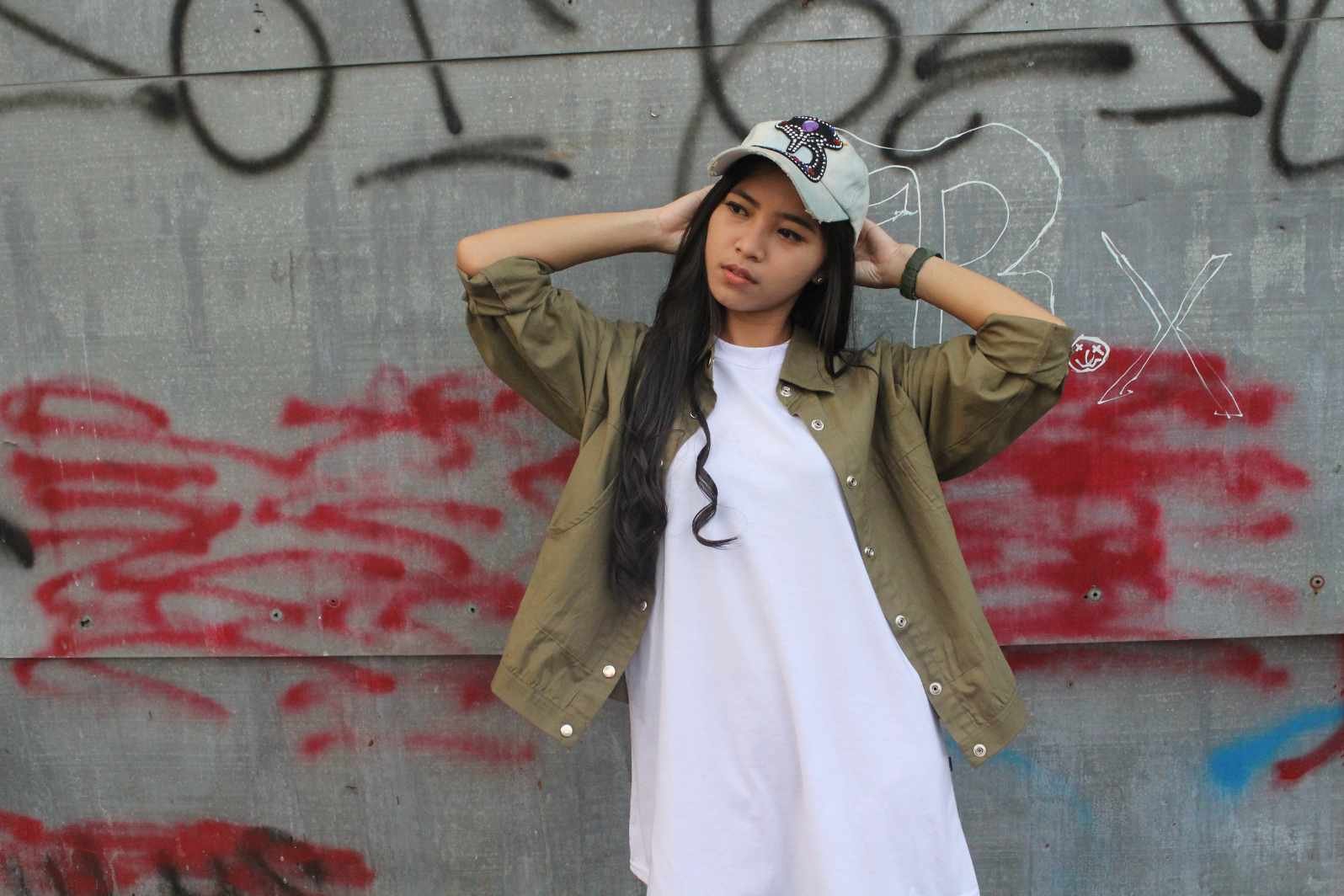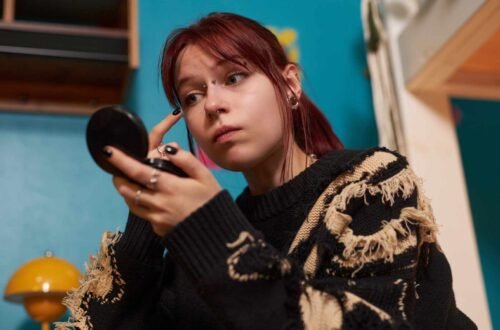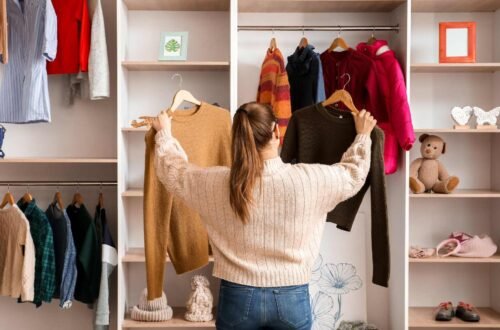Today, fashion isn’t just sold in glossy magazines or displayed on the catwalk. As technology rapidly develops, the industry has entered into a new era, where digital tools, AI, and immersive experiences have transformed how we consume, shop for, and wear fashion. From Zoom fittings to AI-generated style recommendations, the digital revolution of fashion isn’t just a trend — it’s the future.
The Rise of Virtual Fittings
No more waiting in line for the fitting room. Virtual try-on technology enables consumers to see what they look like in clothing without trying anything on in a store. Leveraging augmented reality (AR) and 3D scanning, these tools make the shopping experience a personal one, allowing buyers to select the perfect size, color, and fit with ease. Already heavy investors in these digital developments are brands like Zara, Nike and Gucci.
Fashion Meets the Metaverse
The metaverse has created opportunities for fashion fans. Virtual wardrobes, NFT fashion collections, digital-only outfits: It’s all going mainstream. Buying clothes not just for yourself but for your avatar in a game or social media app? The new digital economy is redefining how brands connect with the consumer, particularly younger consumers who are more comfortable mixing their online and offline identities.
AI-Driven Personal Styling
Silicon Valley’s mantra is to automate everything, and retailing is no exception. Today’s recommendation engines suggest clothing based on your shopping history, for sure, but also your body type, what’s trending, your current state of mind. Take Virtual stylists that use AI to make fashion more inclusive, providing low-cost access to curated advice previously available only to those with their own stylist.
Sustainability Through Digital Innovation
One of the key benefits of the digitalification of style is that it’s better for the planet. “Virtual fittings” also cut down on returns and waste, while digital fashion means less demand for physical samples during the design phase. Not only is this cheaper, it reduces the industry’s environmental impact.
Runway Of Today, The Social Media
Instagram, TikTok and other platforms are the new catwalks. Fads spread faster then ever, and digital influencers were helping set the global fashion agenda. Digital try-ons of virtual filters, clothes and even collaborations online are making style more interactive and inclusive than ever before.
The Future of Fashion The future of fashion in a digital world
Fashion will also be much more personalized, interactive, and immersive as technology advances. Virtual reality shopping malls, A.I.-enhanced design collaborations, and digital couture will chip away further at the line between the real and the virtual. Maybe your future wardrobe won’t just be hanging in your closet, but also floating on your computer screen.
FAQs
Q1. What is a virtual fitting in fashion?
Styku’s virtual fittings use AR and 3D technology to allow customers to visualize how clothes will look on their bodies without actually trying them on.
Q2. How is fashion changing in the metaverse?
The metaverse enables the purchase and wearing of digital-only outfits for avatars and opens up new avenues for fashion brands and virtual-first trends.
Q3. Can AI actually get personal with style?
Yes, AI crunches data on things like body type, preferences and shopping history to suggest fashion choices tailored to its client, a digital stylist of sorts.
Q4. Is digital fashion sustainable?
Yes. By shrinking physical samples, shrinking returns, and shrinking overproduction, digital tools help fashion brands shrink their environmental impact.
Q5. Will virtual fashion replace real-life clothes?
Not entirely. Digital fashion is going to fly but when it comes to actual physical clothing physical fashion won’t go away. Rather, they will work hand in hand.





